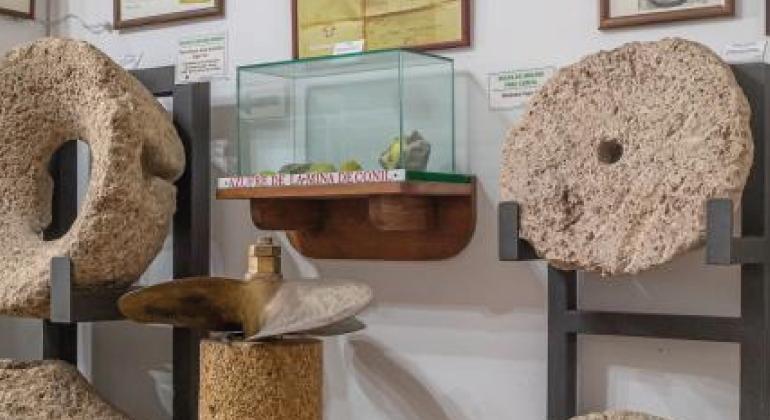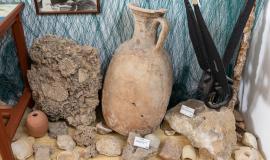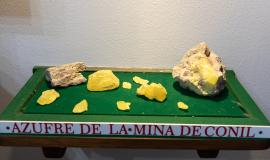
The cultural and monumental heritage of Conil de la Frontera dates back thousands of years of history, a legacy of the different civilisations and cultures that settled in this beautiful municipality. In its cliffs you can appreciate important marine fossil formations of great ecological and historical value, more than two million years old.
The town of Conil was founded in 1200 B.C. by the Phoenicians, a civilisation that began the art of almadraba fishing, an ancestral technique that has survived to the present day. Bluefin tuna fishing was key to the Conilian economy during this period.
After the Phoenicians, the Carthaginians settled in Conil, maintaining the infrastructure and further developing the art of tuna fishing, building places for salting, thus allowing the preservation of foodstuffs through the use of salt.
During the Roman Empire, the town experienced a period of greatness, becoming part of the Via Herculea, which linked Malaga and Cadiz. Conil became a point of reference, not only because it formed part of this road, but also because one of the most widespread dishes in Roman gastronomy, garo (garum), was prepared in this area. This product consisted of a fish sauce used to accompany meals and was also used in medicine and cosmetics.
With the fall of the Roman Empire, Conil was sacked by Visigoths, Vandals and Byzantines, until the arrival of the Muslims in 711. The Christians reconquered the territory in 1265, adding "de la Frontera" to the name, as well as Vejer, Chiclana, Arcos and Jerez, because they were located on the limits of the Castilian-Nazari border.
Juan Alonso Pérez de Guzmán was the first alderman of the city under the orders of King Ferdinand IV, who already enjoyed the privilege granted to him by Sancho IV to fish tuna from the Guadiana to the Kingdom of Granada. To defend the city from invasion, he ordered the construction of the Guzmán Tower, a wall to protect the inhabitants of Conil and a series of defensive buildings such as the Bastion. All of this was to maintain vigilance and prevent pirate threats. From that moment on, the history of Conil evolved under the Spanish hand and based its economy on fishing, above all, the red tuna almadraba.
Due to the noble struggles between the Guzmanes and the Ponce de León families, in the 16th century the town suffered a small crisis that affected the almadraba traps. After centuries of disputes, illness and other difficulties, in the 17th century Conil de la Frontera became the centre of the area's economy. At this time, livestock farming and agriculture joined the art of trapping as the sectors that sustained the Conil economy. This brought with it Conil's deep roots in the countryside.
At this time, specifically during the 17th century, the Duke of Medina Sidonia became aware of the importance of sulphur and had the mine opened on an estate he owned. Over the years, numerous studies have determined that the importance of this mine lies in the fact that the mineral is practically pure and is therefore of great geological and historical interest.
At the beginning of the 20th century, the economy of Conil de la Frontera was based on fishing, agriculture and livestock farming, at which time the production of the native Retinto meat and the quality of the products grown on Conil's land began to stand out.
With the passing of time, around the 1960s, the municipality began to be known as a tourist destination thanks to the quality of its beaches, and so it has continued to grow exponentially until it has become the national and international tourism reference that it is known as today.
Excellent beaches and a unique gastronomy combine to make tourism the basis of the economy of this Cadiz town, one of the most picturesque on the Costa de la Luz, which holds in its interior enclaves of great ecological and historical value.






